A 10-year follow-up on a patient with silicone breast implants. She first presented as a mother of 1 in her middle 30’s. She was bothered by breast asymmetry as well as the deflated appearance of her breasts after breastfeeding. She liked the size of her breasts when she was breastfeeding. She had a bilateral partial subpectoral breast augmentation with a 300 cc smooth round high-profile silicone gel implant on her right and a 275 cc smooth round high-profile silicone gel implant on her left. Her postoperative course was uneventful and she continues to do well 10 years later. She comes in today for a breast check. Her breasts remain soft, and she continues to get routine mammograms for breast health.
Her case illustrates a few important points. The first is proper implant selection-fitting the implant to the patient and balancing the desire for an increase in size with long-term considerations such as stretching of the breasts with larger implants.
She is petite at 5’2” and 104 lbs. Her preop nipple to breast fold on stretch is 7 cm on her right and 7.5 cm on her left. The implants selected are appropriate to the size of her body and breasts: they give her a nice increase in size but are not larger than the base width of the breasts or too wide to accommodate the nipple to IMF distance on the stretch. So they appear natural.
It is difficult to balance breast asymmetry – the smaller breast has a smaller envelope of skin and will look “bulgier” if the implant is too full the implant is first chosen based on the “tighter” smaller breast and sized down for the larger breast
Because her implants are not too large for her frame, she continues to have a natural appearance years later
Her reason for coming in is to check her breast implants. In patients with no symptoms a silicone breast implant rupture is often “silent”, ie, there are no visible or palpable signs. A saline implant is easier to follow because it will deflate when there is a leak and the breast will become visibly smaller. An implant failure with a saline implant is not “silent”
Breast implants are not meant to last your lifetime.
Like our patient shown here, 90% of breast implants used in the US for breast augmentation now are smooth, round silicone gel filler implants. Rupture rates with breast augmentation vary depending on the implant study but around 10% of silicone breast implants have failed by 10 years.
There has been a little confusion because the FDA shook things up a little bit with new recommendations that they released in 2022.
BEFORE 2022 the recommendation from the FDA in breast augmentation patients with no symptoms was to get a non-contrast MRI every 2-3 years. And a non-contrast MRI is still thought to be the gold standard for detecting breast implant rupture. But patients weren’t generally getting routine screening MRIs— it was expensive, insurance companies often didn’t cover the cost in patients with no symptoms, and many patients don’t like being in an MRI scanner.
So in 2022, the FDA changed to recommend MRI or ultrasound starting 5 -6 years after the initial surgery. Why 5-6 years? Waiting 5-6 years was recommended because the chance of having a rupture in less than that time was very low and they didn’t feel that it made sense to screen before then.
Studies have been done showing that diagnostic ultrasound is very good at screening asymptomatic patients, as well as being more widely available and lower cost.
So the current FDA recommendation in breast augmentation patients without symptoms is ultrasound or MRI starting 5-6 years after breast implant placement and then repeating this every 2-3 years to monitor for asymptomatic silent rupture. So she is going to get a screening ultrasound.
The link to the FDA’s section on breast implants is below
https://www.fda.gov/medical-devices/implants-and-prosthetics/breast-implants

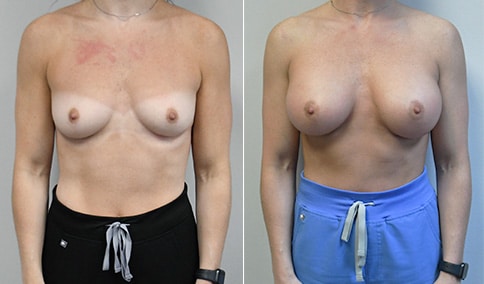
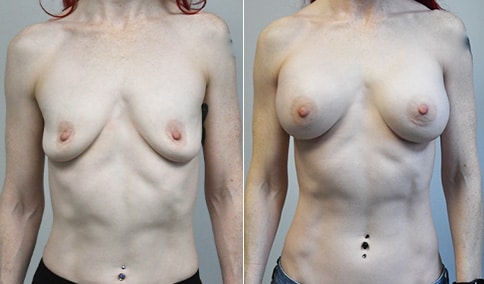
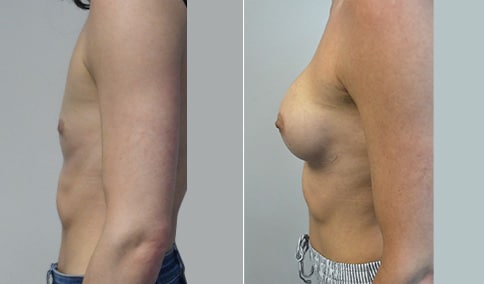
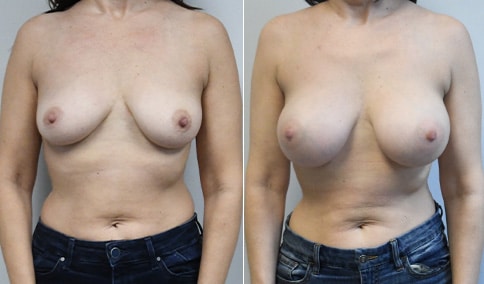
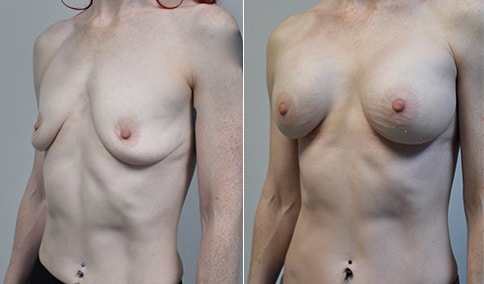
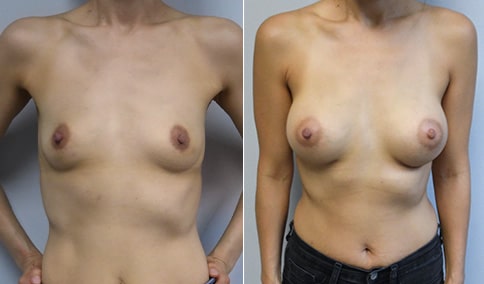
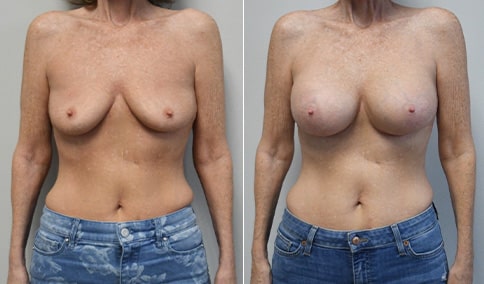

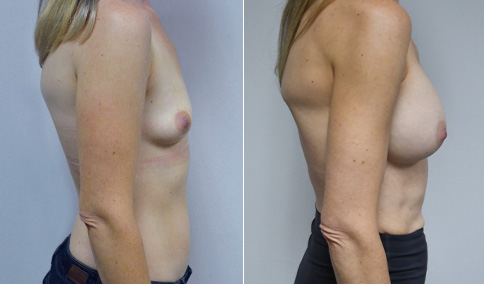
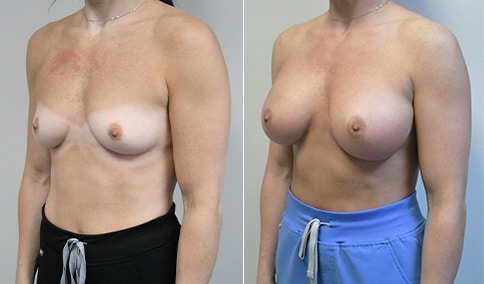
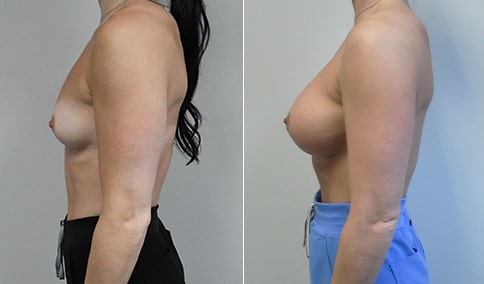
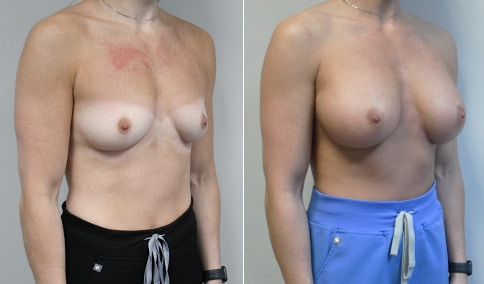
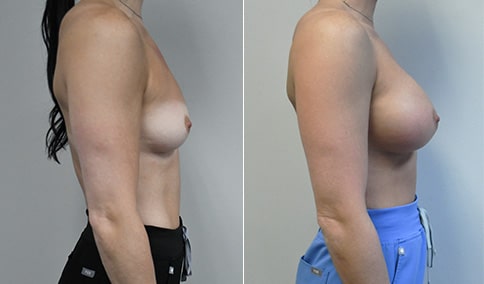

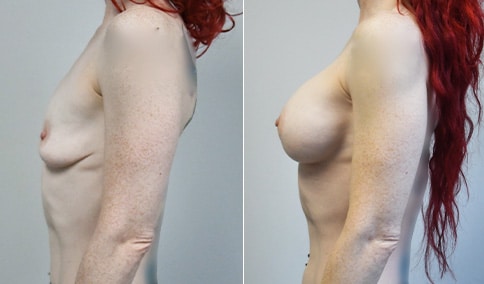
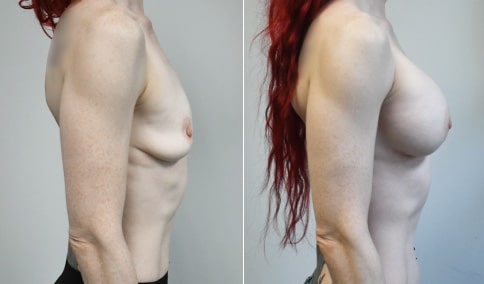
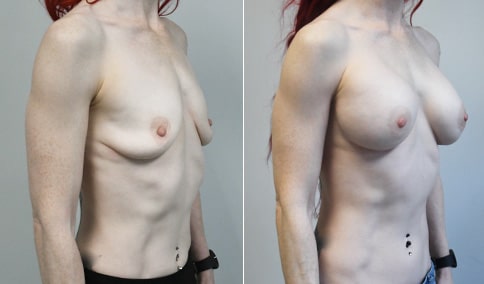
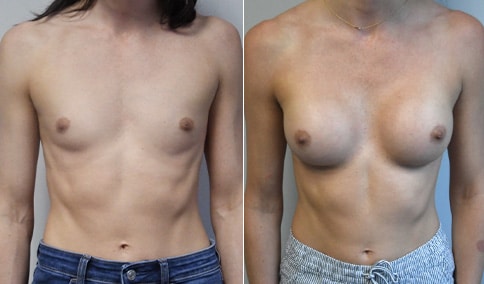
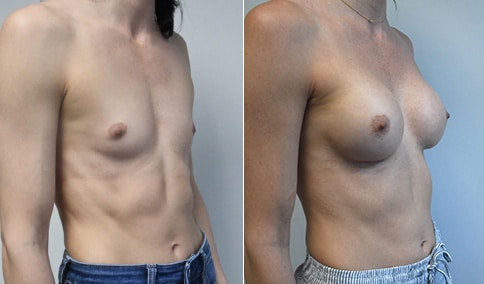
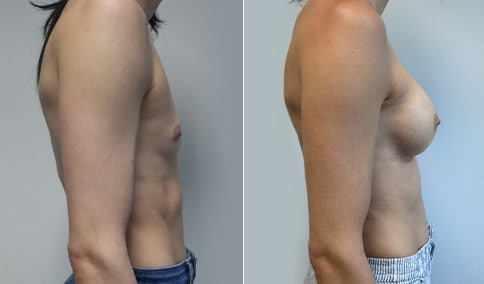
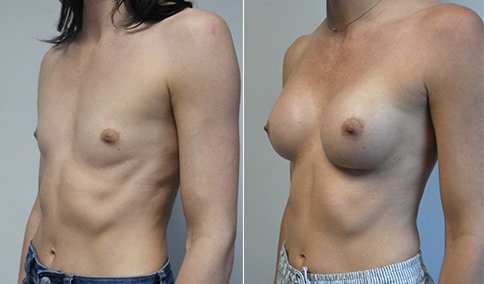
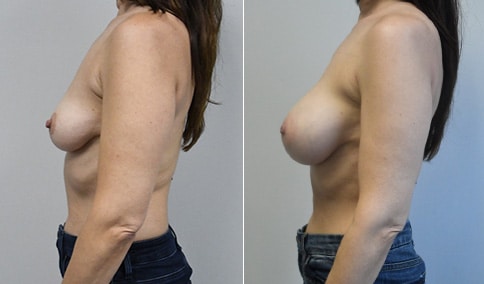
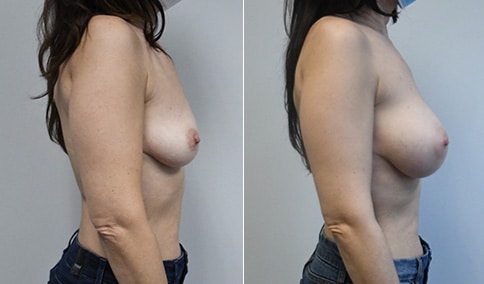


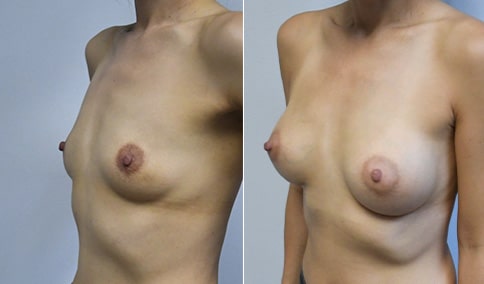
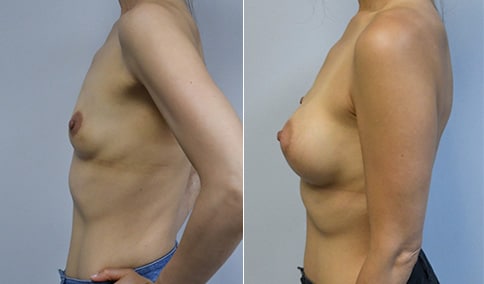
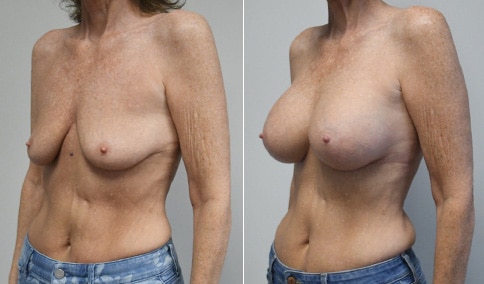
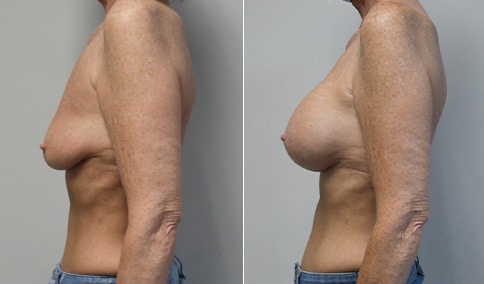
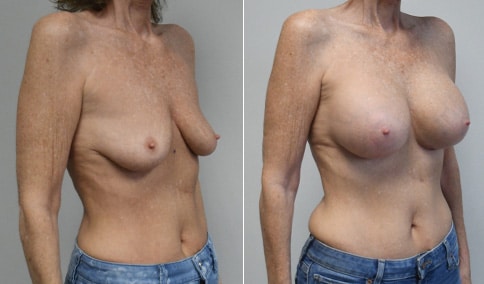
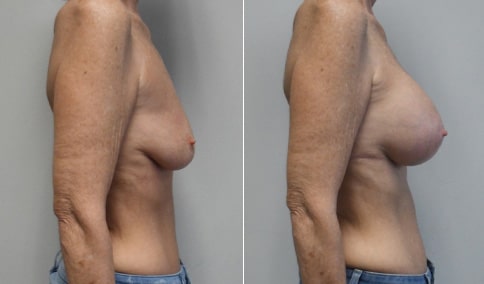




Cosmetic & Plastic Surgery Specialist
"I treat my patients like I would treat
- Jonathan D. Hall, MD, FACSmembers of my own family."
Schedule Consultation